
PIA01368: Jupiter's moon Io
|
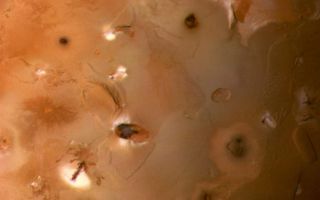
PIA01485: South Polar Region of Io
|
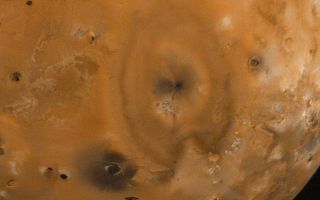
PIA01514: Io Surface Deposits and Volcanic Craters
|
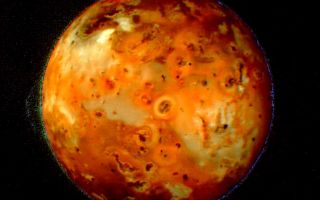
PIA01530: Volcanic Activity on Io
|

PIA01540: Hubble Clicks Images of Io Sweeping Across Jupiter
|
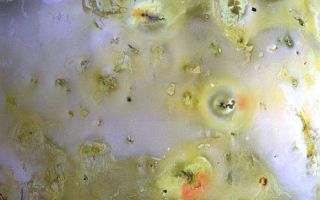
PIA01604: Close-up color view of Io
|
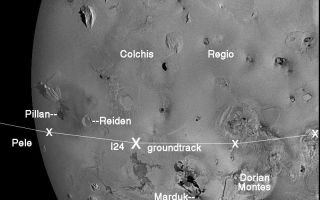
PIA01605: Io imaging during Galileo's 24th orbit
|
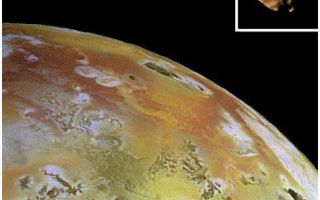
PIA01626: Comparison of Amalthea to Io
|
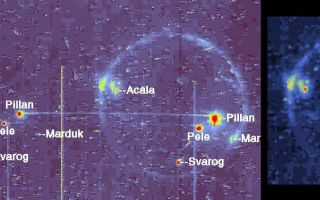
PIA01635: Io in Eclipse reveals High Temperature Hot Spots
|
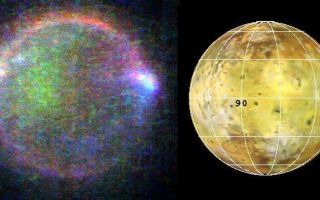
PIA01637: Io's Aurorae
|
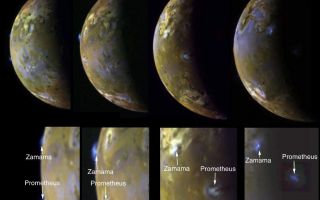
PIA01652: Sequence Showing Active Volcanic Plumes on Io
|
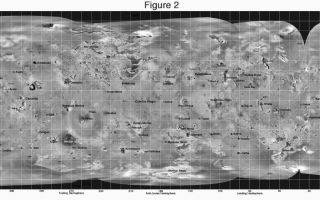
PIA01663: Highest Resolution mosaic of Io
|
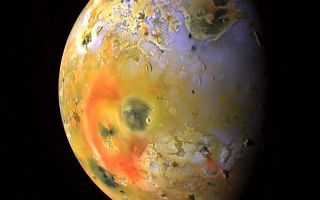
PIA01667: Io's Pele Hemisphere After Pillan Changes
|
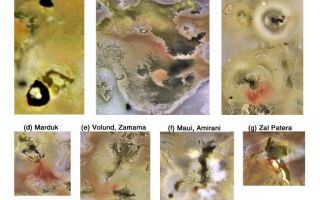
PIA01668: Key Volcanic Centers on Io
|
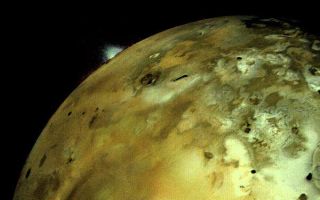
PIA01971: Volcanic explosion on Io
|
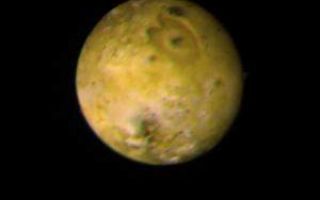
PIA01986: Io - Jupiter's inner satellite
|
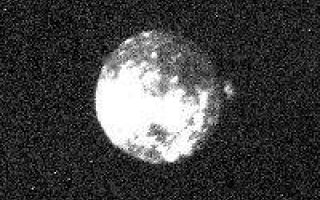
PIA01989: Io
|

PIA02201: Io
|

PIA02231: Io - high resolution
|
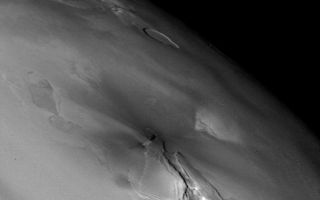
PIA02232: Io - high res limb
|

PIA02248: Io
|

PIA02249: Io - south pole
|
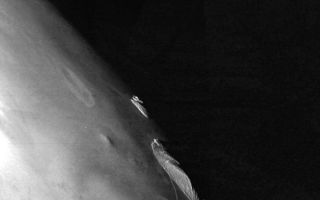
PIA02250: Io - southern hemisphere
|
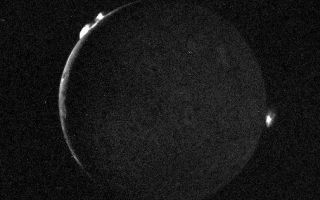
PIA02254: Io - crescent with plumes
|
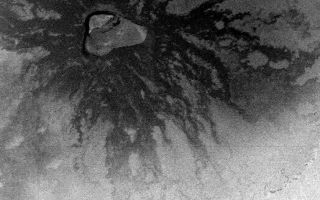
PIA02280: Io
|
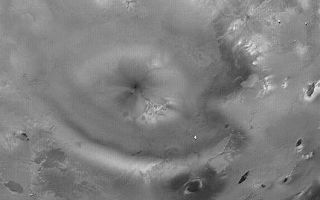
PIA02287: Io Pele plume
|

PIA02288: Io Caldera
|
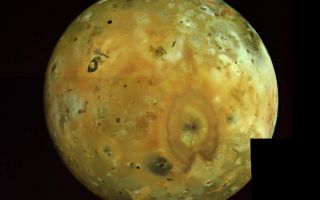
PIA02294: Io 2x2 Mosaic
|
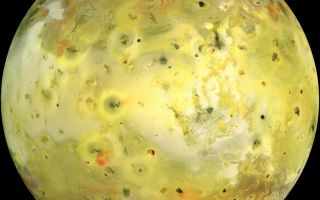
PIA02308: Global image of Io (true color)
|
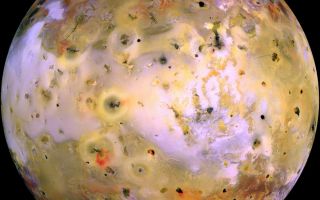
PIA02309: Global image of Io (false color)
|